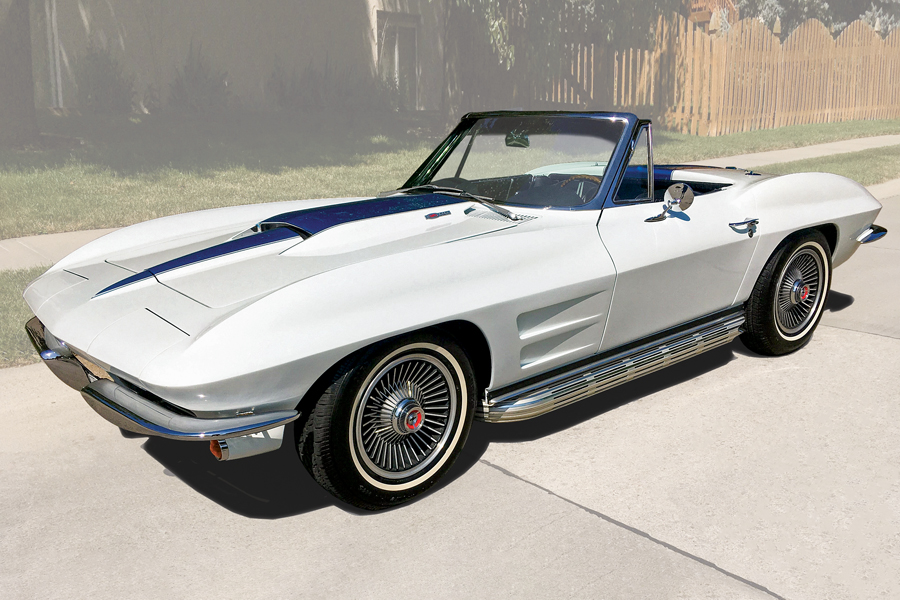- 5.7-L, 405-hp LS6 engine
- Tremec 5-speed gearbox
- VBP suspension
- 1963 body panels and doors
- 1967 stinger hood
- 1967 sidemount exhausts
- 1967 turbine wheels
- NVU programmable instrument cluster
- Vintage Air a/c system
- AM/FM Bluetooth radio
- Less than 1,000 miles since completion
- “Rebuilt” title
Chassis Number: IA26469

